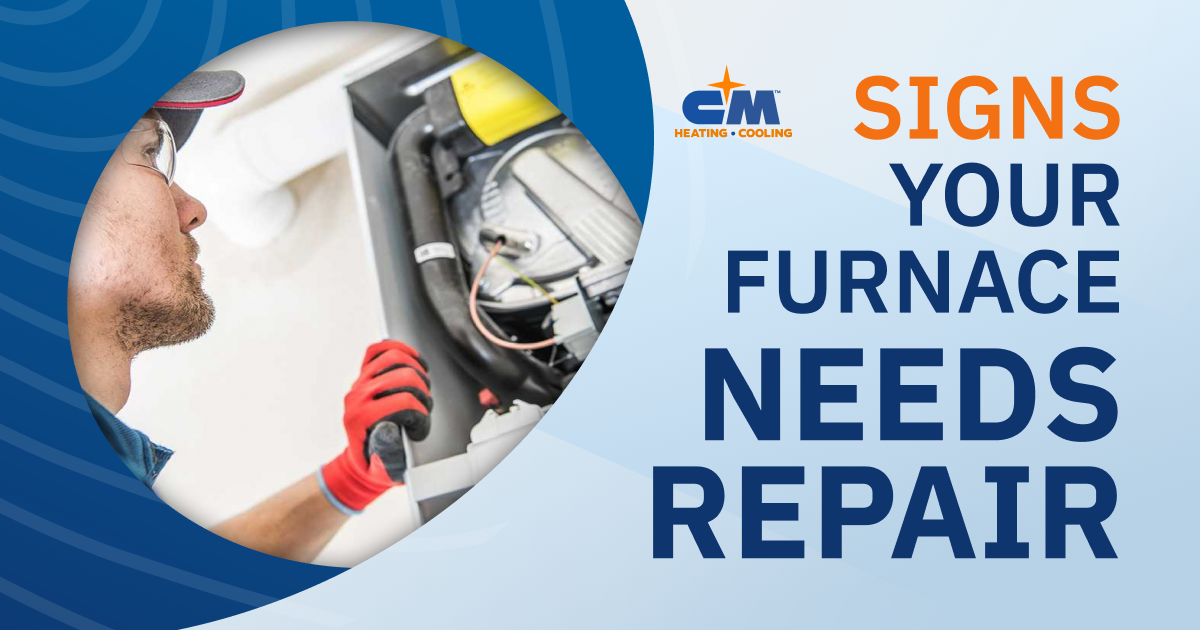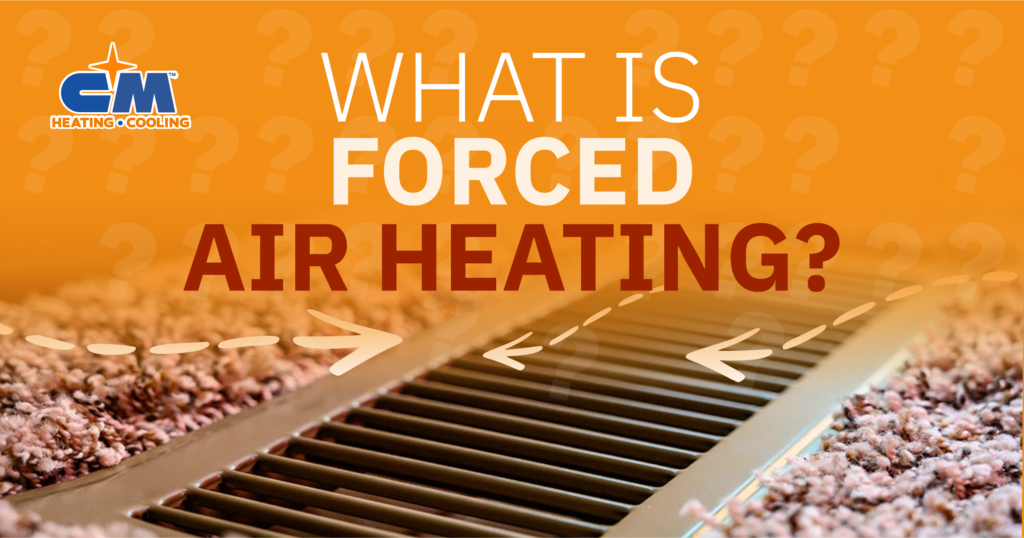As the winter sets in and temperatures plummet in Washington State, many homeowners are once again faced with the search for a reliable and efficient heating system. Many options are available for effectively heating your home, but forced air heating stands out as a popular choice in colder climates like Washington. In this comprehensive guide, we will explore how forced air heating systems work, learn about their various components, and determine their advantages.
Defining Forced Air Heating
Forced air heating is a heating system that uses air to distribute warmth throughout a space. This type of heating system depends on a network of ductwork rather than radiators. Like many HVAC units, forced air heating systems are designed with multiple components that give the house an inviting, cozy atmosphere.
Components of Forced Air Heating Units
- Furnace
- Heat exchanger
- Blower motor
- Air filter
- Ductwork
- Vents
- Thermostat
- Return air registers
- Dampers
- Ignition system for gas furnaces
- Pressure switch for gas furnace
- Control board
How Does Forced Air Heating Work?
Forced air heating uses a furnace to produce heat and a system of ducts and vents to distribute the heat through a home. The process involves several key steps, including the following:
1. Furnace Activation
The heating process begins at the furnace, which is typically powered by either gas or electricity. When the furnace is activated, it produces hot combustion gasses. If the furnace is electric, its heating components are energized to generate heat.
2. Heat Generation
When the heat is generated, it is transferred to the air via a heat exchanger. In gas furnaces, the combustion furnaces, the produced combustion gases pass through the heat exchanger to heat the home. In an electric furnace, the heating elements do not use a heat exchanger and warm the air directly.
3. Blower Activation
The blower motor is inside the furnace and circulates the air throughout the house. The blower pulls air from the living space and directs it over the heat exchanger or heating elements, where it is heated.
4. Air Filtration
Before the heated air is distributed, it passes through an air filter. The air removes dust, debris, and particles, ensuring the circulated air is clean and maintaining indoor air quality.
5. Ductwork and Distribution
Once the air is heated and filtered, it is sent through a system of ducts with the help of a blower motor. The ductwork acts as a network of channels that directs the air to different parts of the building.
6. Vents
Vents, or registers, are placed strategically throughout the home in the walls, floors, or ceilings of each room. The heated air is released into these spaces through the vents, providing warmth to the living areas.
7. Thermostat Regulations
The role of the thermostat is to control the heating system, signaling it to turn on or off depending on the preset temperatures.
8. Return Air Flow
Return air registers all the cooler air from the living space to the furnace. This air goes through a continual circulation of heating, which helps the home maintain its warm temperatures.
Advantages of Forced Air Heating
Forced air heating systems offer homeowners many advantages, making them a popular choice for residential and commercial settings. Below, we will outline some key benefits that make this heating system especially attractive to many consumers.
Efficient Heating
Forced air systems are popular because of their efficiency and quick raising of the temperature in a living space. This is helpful in colder climates, like Washington state, where warmth is often needed. The rapid heating capability ensures that everyone experiences comfort shortly after the system is turned on.
Even Heat Distribution
Because forced air heating systems use ductwork, the heat is distributed evenly throughout the house. This illuminates cold spots and ensures that every single room is consistently warm.
Cost Effective Installation
Installing forced air systems is often the most cost-effective compared to other heatings. This is especially true for newly constructed homes and buildings. The simplicity of the ductwork and the widespread use of this heating method contribute to lower installation costs.
Compatibility with Cooling Systems
Many forced air systems are easily integrated with central AC units. Because this allows for dual functionality, homeowners enjoy both heating and cooling temperatures produced by both units.
Other benefits of forced air heating systems include:
- Custom zoning
- Integration with air filtration and humidification products
- Rapid response to thermostat adjustments
- Integration with smart thermostats
Call CM Heating Today!
Are you in need of an efficient and reliable heating system for your home? Contact us for a personalized assessment of your heating needs and a high-quality installation. Ask us about the deals, specials, and promos we have today.









